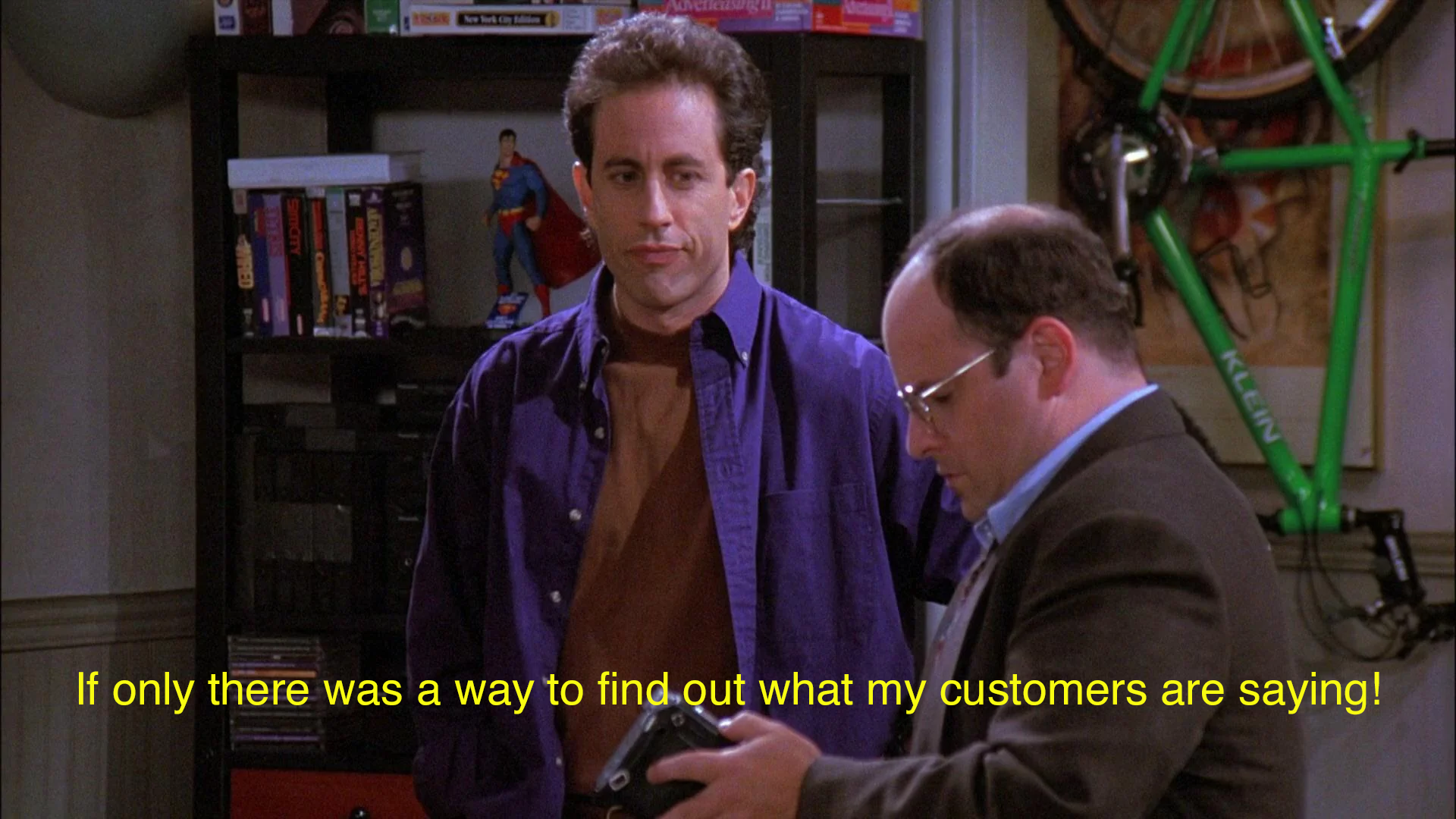B2B Tech Events in 2023: Trends we have seen so far
2 minute read.
As we venture deeper into 2023, it's increasingly evident that the B2B technology event landscape is evolving significantly.
Changes in attendee behaviours and escalating expectations have given birth to a fresh set of guidelines for event success. Let's delve into the key trends we've noticed this year, including the new addition to the mix – the rise of the micro-conference.
1. Tackling Rising Dropout Rates
First and foremost, we're seeing a worrying surge in event dropout and cancellation rates, jumping from 30% to 40% for roundtable discussions and a startling 70%-80% for full/half-day events. As event organisers, this spike is nudging us back to the drawing board to rethink our strategies and better engage our audiences.
2. The Era of Bite-sized Events
In a world overwhelmed with information and grappling with short attention spans, the mantra of 'shorter is better' is resonating louder than ever. Brief, high-impact events focusing on a single significant theme are consistently outpacing longer, full-day conferences. Delivering high-value content in a condensed, time-efficient format is vital.
3. The Demand for Seamless Event Tech
The significance of efficient and user-friendly event technology is at an all-time high. Basic features, such as easily accessible calendar invites and streamlined registration processes, are now more than expectations; they are necessities. An overly complicated registration system is a fast ticket to losing potential attendees. Clarity, simplicity, and effective communication are the cornerstones of the game.
4. Harnessing Pre-Event Engagement
A surefire antidote to high dropout rates lies in cultivating strong pre-event engagement. Initiatives like crowd-sourced questions have demonstrated immense value, resulting in nearly zero dropout rates. Inviting attendees to shape the event narrative fosters a sense of ownership and anticipation that directly enhances turnout.
5. The Power of Perks
Perks are turning out to be real game-changers. Practical benefits, such as offering Uber vouchers, have shown a marked 10-20% improvement in dropout rates. These perks help attendees bypass unpredictable weather or work-from-home distractions, making event participation more appealing.
6. Swag: A Tradition in Question
The long-standing tradition of event swag is under increasing scrutiny. With questionable returns on investment, it's high time we reconsider sinking funds into another swag bag destined for landfill. Instead, this budget could be more wisely allocated to enhance the attendee experience or secure an engaging speaker.
7. The Unassailable Rule of Content
Despite these new shifts, one cardinal rule persists - content is king. Your content strategy must be laser-focused on addressing the issues and needs of your target audience. Even long events can thrive, provided the content is insightful, relevant, and impactful. Attendees are giving up a day for your event, so it must be worth their time.
8. The Rise of the Micro-conference
Last but certainly not least, 2023 has heralded the rise of the micro-conference. These are shorter, more focused events centred around a critical topic or issue instead of broader, generalist events. Microconferences allow sponsors to accurately target their desired audience and allow attendees to find content specifically suited to their current challenges. It's a win-win situation for all parties involved, underlining the value of quality over quantity in our content-driven age.
In summary, 2023 is setting the stage for a fresh set of challenges and opportunities in B2B tech events. Rising dropout rates and evolving attendee preferences have us reevaluating traditional event formats. By curating more engaging, focused events, leveraging streamlined tech, and embracing the emergence of micro-conferences, we can tailor experiences that truly resonate with our audience. The event landscape is shifting, and it's up to us to move in tandem. Adaptability, innovation, and a keen sense of audience needs will guide us through these exciting changes.
Related Posts:































